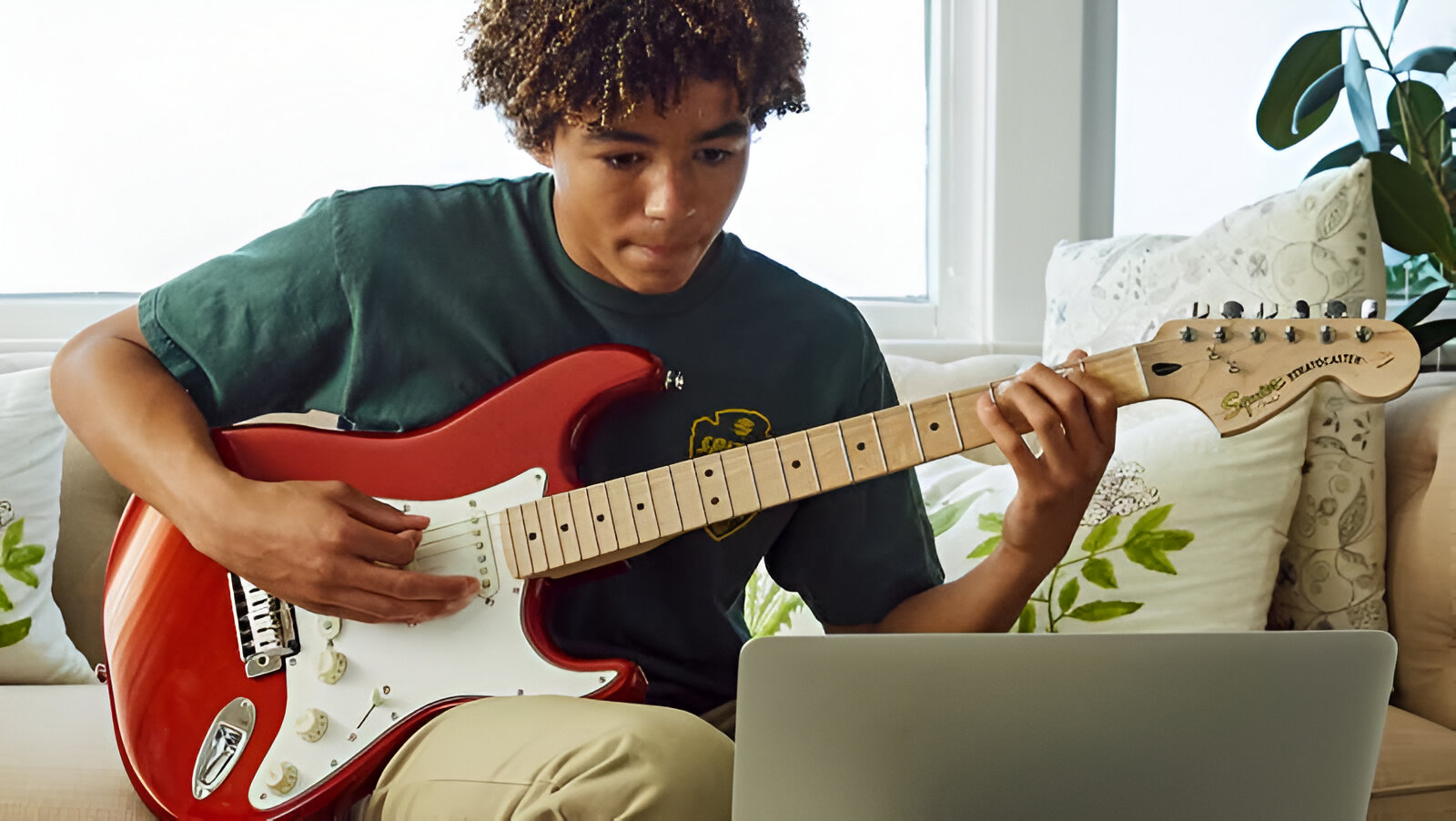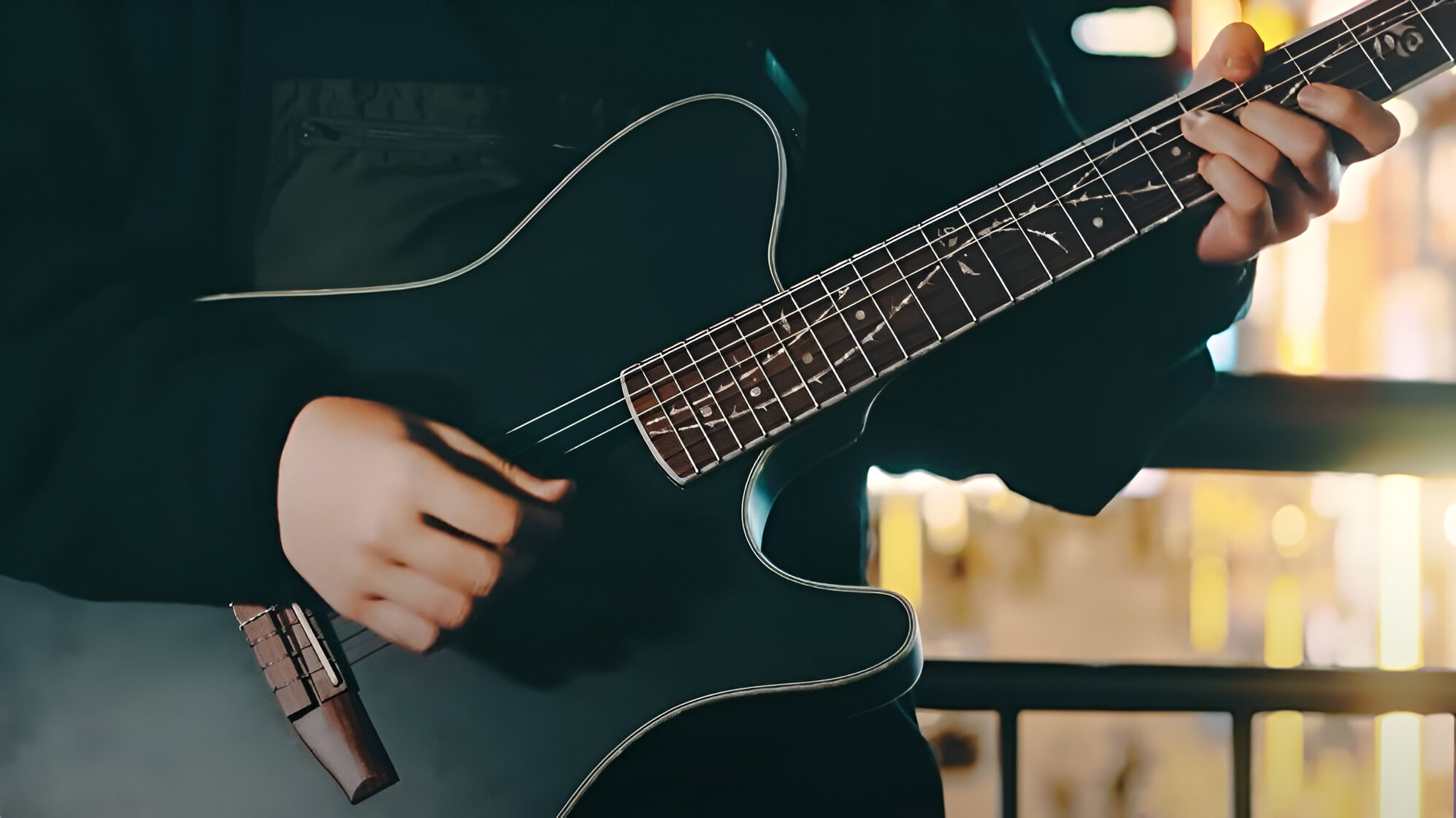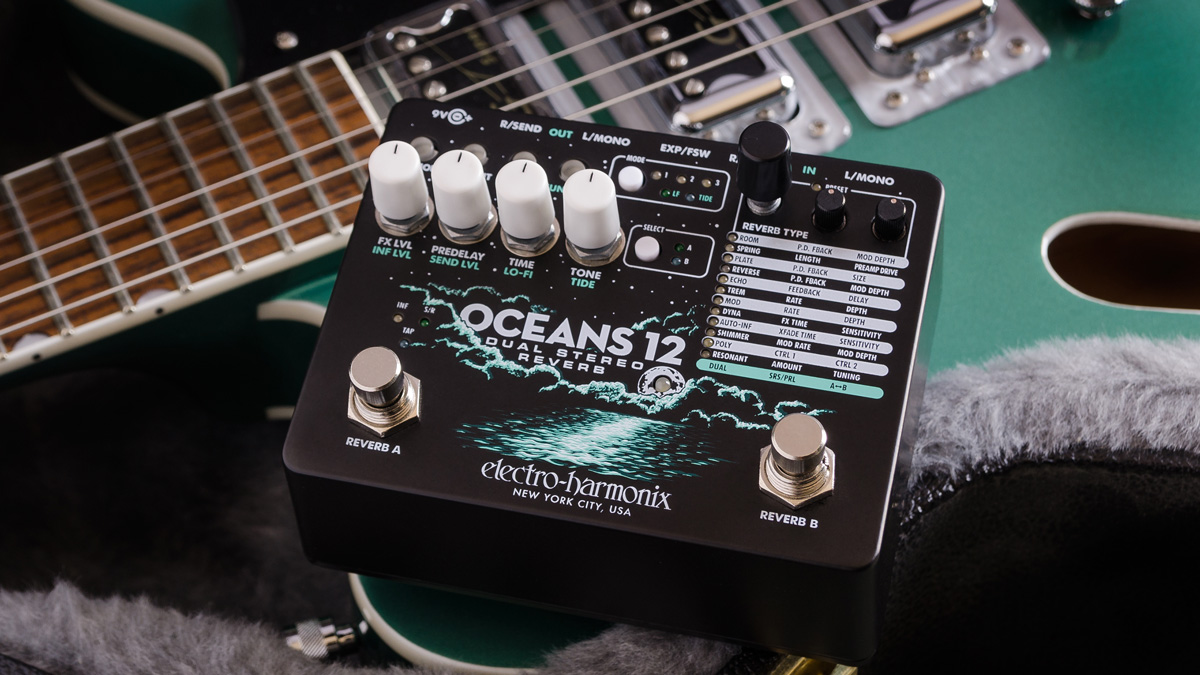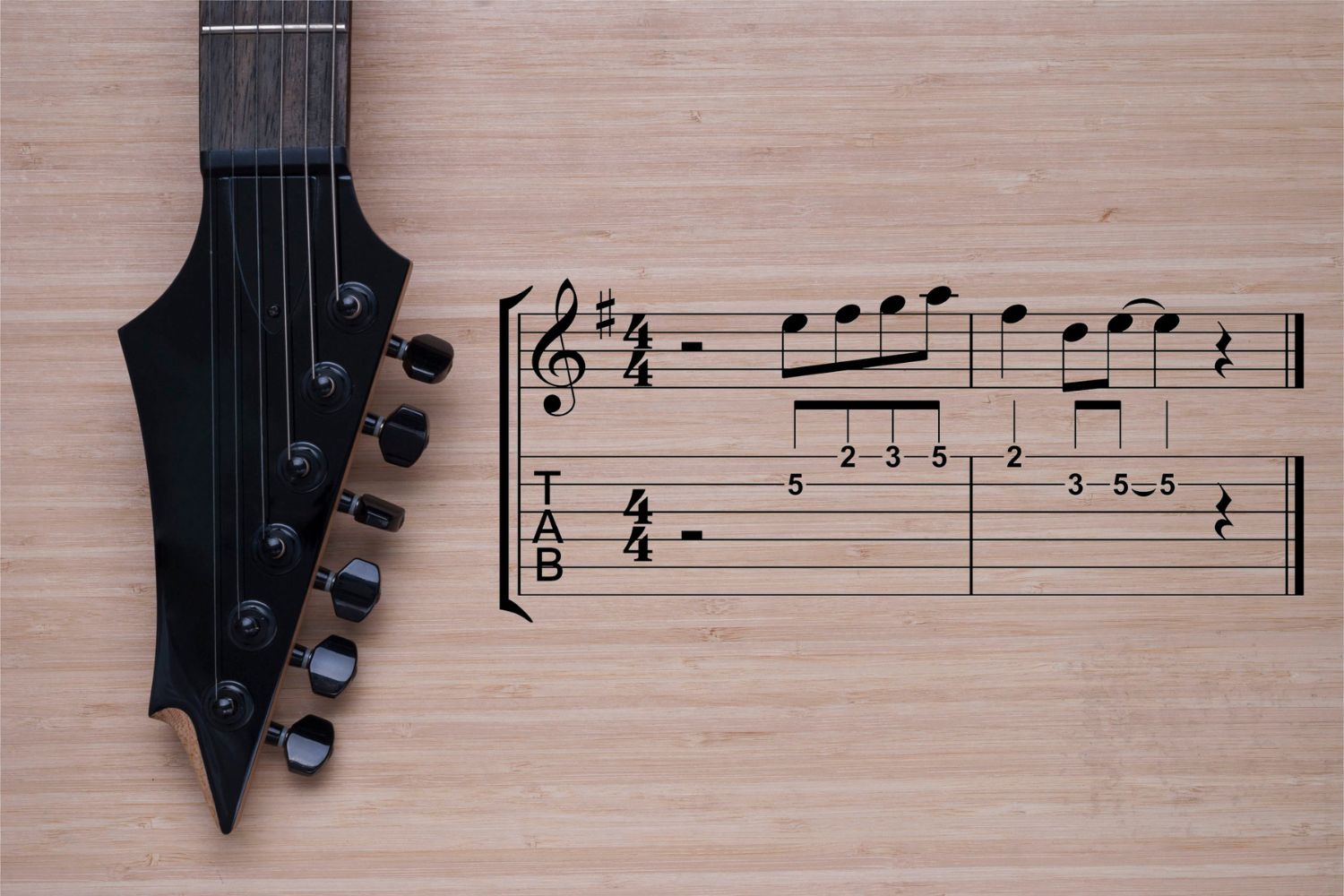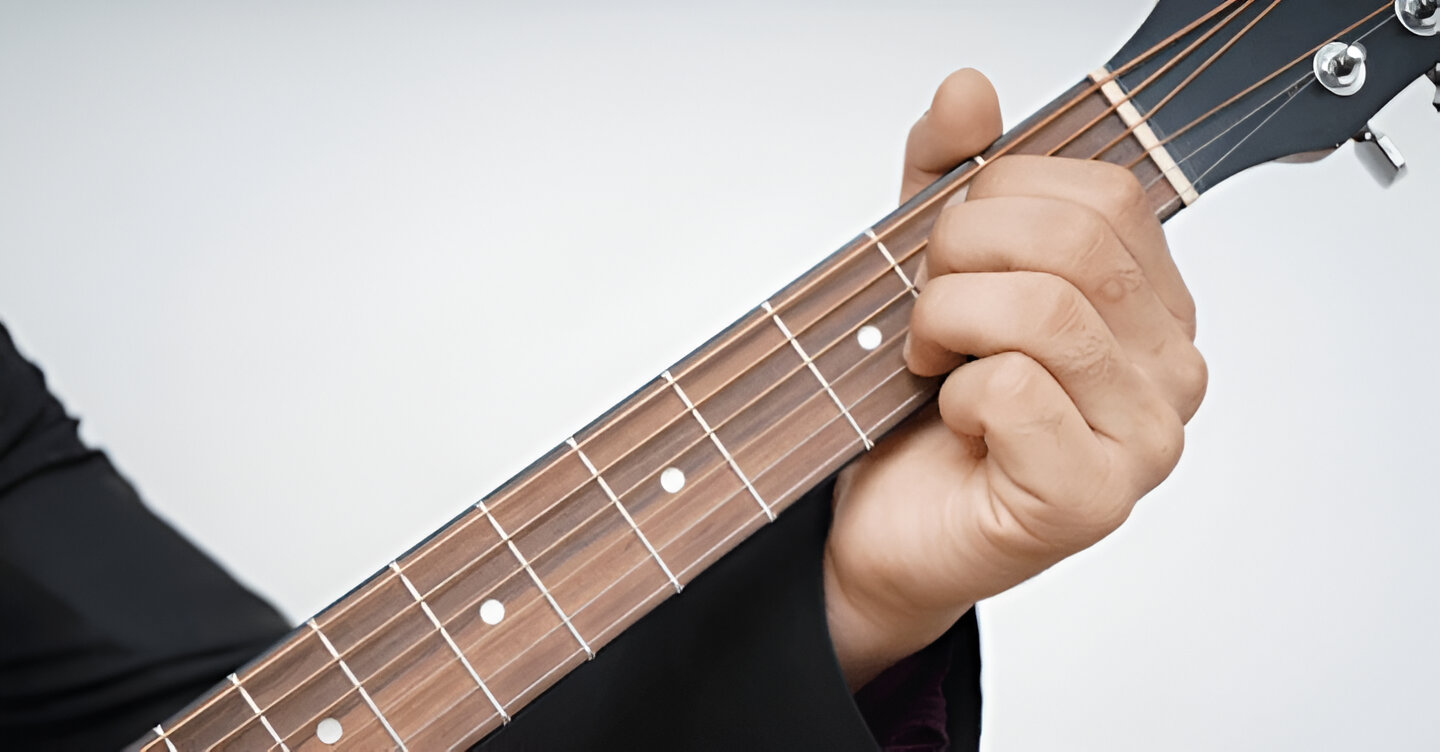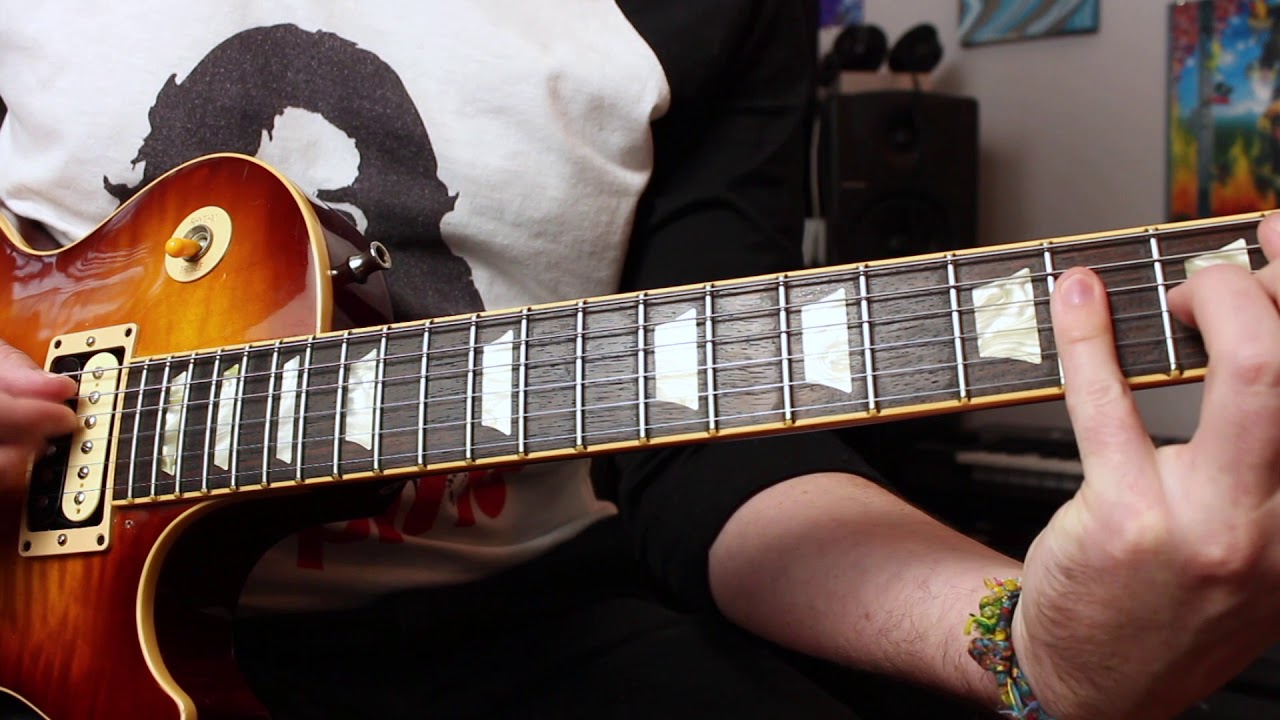Choosing the Right Guitar
Choosing the right electric guitar is a crucial first step for any aspiring musician. With a wide array of options available, it's important to consider several factors to ensure that the chosen instrument suits your playing style and preferences.
Finding the Perfect Fit
When selecting an electric guitar, it's essential to find one that feels comfortable in your hands. Visit a music store and try out different models to determine which one best suits your physique and playing technique. Consider the weight, body shape, and neck profile, as these aspects can significantly impact your playing experience.
Determining Your Preferred Sound
Electric guitars come in various configurations, each producing a distinct tone. Whether you prefer the warm resonance of single-coil pickups or the robust sound of humbuckers, understanding the sonic characteristics of different pickups and tonewoods will help you choose a guitar that aligns with your musical preferences.
Setting a Realistic Budget
While it's tempting to splurge on a high-end guitar, it's important to set a realistic budget based on your current financial situation. Fortunately, there are excellent options available in every price range, so don't feel pressured to break the bank for your first electric guitar.
Seeking Expert Advice
If you're new to the world of electric guitars, seeking guidance from experienced musicians or music store professionals can provide valuable insights. They can offer recommendations based on your skill level, musical interests, and budget, helping you make an informed decision.
Embracing Personal Style
Ultimately, the right electric guitar for you is one that resonates with your personal style and musical aspirations. Whether you're drawn to the classic aesthetic of a Stratocaster or the edgy vibe of a Les Paul, choosing a guitar that reflects your personality can inspire creativity and enhance your playing experience.
Selecting the perfect electric guitar is an exciting journey that sets the stage for your musical endeavors. By considering factors such as comfort, sound preferences, budget, expert advice, and personal style, you can embark on this quest with confidence, knowing that the chosen instrument will become an extension of your musical identity.
Understanding Guitar Tabs
For aspiring guitarists, understanding guitar tabs is a fundamental skill that unlocks a treasure trove of musical possibilities. Unlike traditional sheet music, guitar tabs provide a simplified way to notate music specifically for the guitar. Whether you’re a beginner or an experienced player looking to expand your repertoire, mastering the art of reading tabs is essential for your musical journey.
Deciphering Tab Notation
Guitar tabs consist of six horizontal lines, each representing a string on the instrument. Numbers on these lines indicate which fret to press on the corresponding string, enabling you to play specific notes and chords. Additionally, symbols such as bends, slides, and vibrato are often included to convey nuanced playing techniques.
Utilizing Tab Resources
With the widespread availability of online tablature resources and software, accessing a vast library of songs and compositions has never been easier. Websites and apps dedicated to guitar tabs offer a diverse range of music, catering to various genres and skill levels. Utilize these resources to explore new songs, learn iconic riffs, and broaden your musical horizons.
Developing Rhythmic Awareness
While guitar tabs provide a visual representation of where to place your fingers on the fretboard, they may not always indicate the rhythm of the music. It’s beneficial to listen to the song while referencing the tab to internalize the timing and feel of the music. This rhythmic awareness enhances your ability to play with precision and musicality.
Enhancing Your Learning Experience
As you delve into the world of guitar tabs, consider using them as a springboard for developing your ear-training skills. While tabs offer a convenient way to learn new songs, actively listening to the music and identifying melodies and harmonies by ear can significantly enrich your musical understanding and improvisational abilities.
Embracing Continuous Growth
Mastering guitar tabs is an ongoing journey that evolves alongside your musical proficiency. Approach tablature with an open mind, embracing the opportunity to learn new techniques, explore diverse musical styles, and adapt your playing to increasingly complex arrangements. This mindset of continuous growth will fuel your passion for the instrument and propel your musical development.
By immersing yourself in the world of guitar tabs, you gain access to a wealth of musical expressions waiting to be brought to life through your fingertips. Embrace the nuances of tab notation, leverage online resources, cultivate rhythmic awareness, enhance your learning experience, and maintain a growth-oriented mindset to elevate your guitar playing to new heights.
Basic Chords and Strumming Patterns
Mastering basic chords and strumming patterns is a pivotal milestone for novice guitarists, laying the foundation for countless songs across various genres. As you embark on this fundamental aspect of guitar playing, you’ll discover the harmonious marriage between chord shapes and rhythmic patterns, unlocking the ability to accompany melodies and express musical emotions.
Learning Essential Chord Shapes
Begin your journey by familiarizing yourself with essential chord shapes, such as the open position C, G, D, E, and A chords. These foundational chords serve as building blocks for numerous songs and provide a solid framework for understanding chord theory. Practice transitioning between these chords smoothly, ensuring clarity and precision in your fretting hand.
Exploring Strumming Techniques
Strumming patterns infuse life and rhythm into chord progressions, adding depth and dynamism to your playing. Experiment with various strumming techniques, including downstrokes, upstrokes, and rhythmic patterns such as the common “down, down-up, up-down-up” strum. Develop a sense of timing and control, allowing your strumming hand to flow effortlessly across the strings.
Understanding Strumming Notation
Strumming patterns are often notated using rhythmic symbols above the chord progressions in song charts or tabs. Familiarize yourself with these notations, which indicate the direction and timing of each strum. By interpreting strumming notation, you can replicate the intended rhythm of a song and infuse it with your unique musical expression.
Embracing Rhythmic Variations
As you delve into strumming patterns, explore rhythmic variations to add flair and diversity to your playing. Experiment with syncopated rhythms, accents, and palm muting to create captivating dynamics within your chord progressions. Embracing rhythmic variations enhances your musicality and elevates the emotional impact of your performances.
Applying Chords and Strumming in Context
Once you’ve honed your chord transitions and strumming techniques, apply them within the context of popular songs and your original compositions. Embrace the joy of playing along with your favorite tunes, observing how chords and strumming patterns intertwine to create captivating melodies. This practical application solidifies your understanding and fosters a deeper connection with the music.
By immersing yourself in the world of basic chords and strumming patterns, you embark on a transformative journey that amplifies your musical prowess. Embrace foundational chord shapes, explore diverse strumming techniques, interpret strumming notation, experiment with rhythmic variations, and apply your newfound skills in musical contexts to unlock the boundless potential of the guitar as a melodic and rhythmic instrument.
Learning Riffs and Solos
Exploring riffs and solos on the electric guitar opens a gateway to expressive and dynamic musical storytelling. Whether you aspire to emulate iconic guitar heroes or craft your own inventive melodies, delving into the realm of riffs and solos cultivates your improvisational skills and elevates your musical fluency.
Deconstructing Iconic Riffs
Iconic guitar riffs serve as timeless musical motifs that capture the essence of a song and resonate with audiences across generations. Deconstruct these riffs, dissecting the note sequences and understanding the underlying scales and techniques. Through this process, you gain insight into the art of crafting memorable and evocative musical phrases.
Mastering Essential Scales
Mastering essential scales, such as the pentatonic and blues scales, forms the bedrock of soloing proficiency. These scales provide a rich palette of melodic possibilities, empowering you to weave captivating solos and improvisations. Practice these scales across the fretboard, internalizing their intervals and fostering a deep connection with the instrument.
Embracing Expressive Techniques
Embrace expressive techniques, including bends, vibrato, hammer-ons, and pull-offs, to imbue your solos with emotion and flair. These techniques add depth and personality to your playing, allowing you to convey a wide spectrum of feelings through your guitar. Experiment with different intensities and styles, honing your ability to articulate your musical voice.
Studying Guitar Heroes
Studying the techniques and styles of influential guitarists can provide invaluable inspiration and insight. Analyze the solos of revered musicians, observing their phrasing, note choices, and use of dynamics. By studying guitar heroes, you glean wisdom from their artistic journeys and expand your musical vocabulary.
Cultivating Improvisational Confidence
Cultivate improvisational confidence by engaging in regular jam sessions and soloing over backing tracks. Embrace the spontaneity of improvisation, allowing your musical instincts to guide your playing. Through consistent practice and experimentation, you develop the ability to craft compelling solos on the fly, fostering a sense of creative liberation.
Embarking on the path of learning riffs and solos ignites a creative fire within, propelling you toward new frontiers of musical expression. Deconstruct iconic riffs, master essential scales, embrace expressive techniques, study guitar heroes, and cultivate improvisational confidence to unleash the full potential of the electric guitar as a vehicle for emotive storytelling and artistic innovation.
Using Effects and Amplifiers
Exploring the realm of effects and amplifiers is a transformative journey that elevates the sonic palette of the electric guitar, allowing for boundless sonic experimentation and artistic expression. By harnessing the power of effects pedals and amplifiers, guitarists can sculpt their tone, create immersive soundscapes, and unleash a spectrum of sonic textures that enrich their musical performances.
Understanding Effects Pedals
Effects pedals are sonic alchemists, altering the guitar’s signal to produce a diverse array of sounds. From classic overdrive and distortion to ambient reverb and ethereal delay, effects pedals offer a myriad of tonal possibilities. Familiarize yourself with the functions of different pedals, experimenting with their settings to craft your desired sonic landscapes.
Experimenting with Signal Chain
The order in which effects pedals are arranged, known as the signal chain, significantly impacts the resulting sound. Experiment with different signal chain configurations to uncover unique tonal possibilities. Whether it’s placing modulation effects before or after gain-based effects, exploring various signal chain arrangements can yield distinct sonic textures.
Utilizing Amplifier Features
Amplifiers play a pivotal role in shaping the guitar’s tone, offering built-in equalization, gain stages, and reverb. Familiarize yourself with your amplifier’s features, adjusting the EQ settings to sculpt your desired tonal characteristics. Experiment with different gain levels and explore the amplifier’s natural overdrive to discover its sonic nuances.
Embracing Creative Soundscapes
Effects and amplifiers are powerful tools for crafting immersive soundscapes and evocative textures. Experiment with ambient reverb and delay to create expansive sonic environments, or delve into the world of modulation effects to infuse your playing with lush choruses and swirling phasers. Embrace these sonic possibilities to craft captivating sonic tapestries.
Developing a Signature Tone
As you navigate the realm of effects and amplifiers, strive to develop a signature tone that reflects your musical identity. Experiment with different combinations of effects and amplifier settings, honing in on a sound that resonates with your artistic vision. Cultivating a signature tone empowers you to convey your emotions and musical narratives with authenticity and depth.
By delving into the realm of effects and amplifiers, you embark on a sonic odyssey that expands the sonic horizons of the electric guitar. Understand effects pedals, experiment with signal chain configurations, utilize amplifier features, embrace creative soundscapes, and develop a signature tone to unlock the full expressive potential of the electric guitar, transcending sonic boundaries and captivating audiences with your evocative musical voice.







